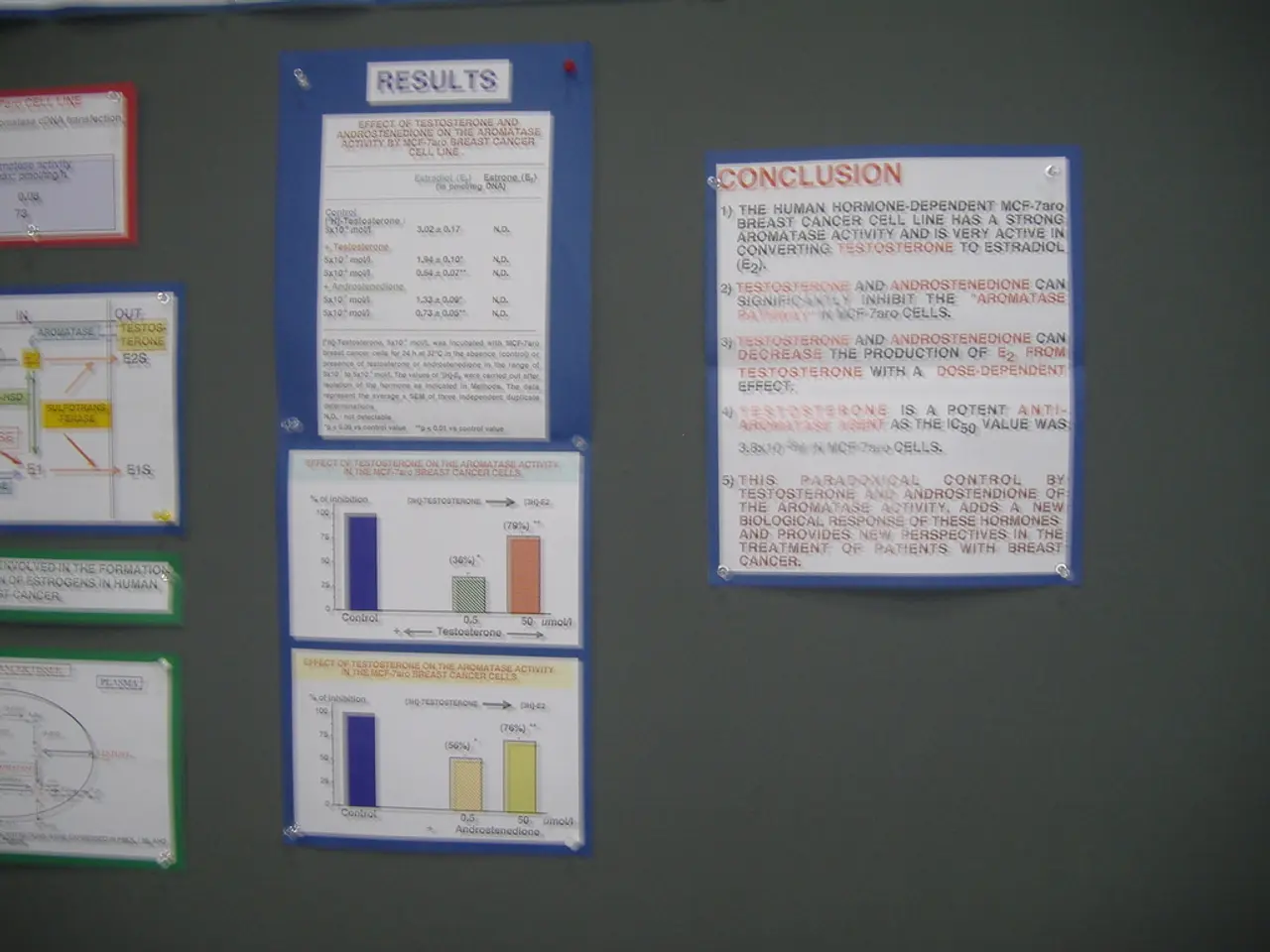The Long-Term Effects of Covid-19 on Healthcare Property Facilities
In the wake of the global pandemic, healthcare real estate planning and design have undergone significant transformations, spurred by the need for resilience and adaptability in the face of future public health crises.
The UCL's Bartlett Real Estate Institute theorised in March 2020 that the Covid pandemic would significantly impact the built environment, and their predictions have proven to be accurate. The long-term impacts have influenced healthcare real estate through several key trends: increased demand for healthcare spaces, growth of standalone facilities, stronger community focus, adoption of PropTech, and enhanced facility flexibility.
The increased demand for healthcare spaces is evident in the recovery of healthcare real estate investment trusts (REITs) specializing in skilled nursing facilities (SNFs) and senior living communities. Although operator risks tied to Medicaid reimbursement uncertainties remain a concern, the industry continues to be supported by long-term demographic trends and industry fundamentals.
A trend towards developing standalone healthcare facilities that serve targeted community needs has also emerged. These facilities align with growing preferences for more self-sufficient, localized healthcare environments rather than large centralized hospital complexes. Integrated townships combining residential, educational, medical, retail, and leisure functions are increasingly favored, minimising commuting and fostering a more interconnected lifestyle.
The pandemic has accelerated digital innovation in healthcare real estate, boosting PropTech integration to enhance facility management, patient experience, remote diagnostics, and building smartness. This strengthens investor and user appeal, particularly in North America.
Healthcare properties are being designed with greater adaptability and multi-use potential to respond to uncertain future demand and crisis situations. This includes modular layouts and flexible infrastructure supporting rapid reconfiguration for various medical functions, an insight gained directly from pandemic challenges.
Telemedicine, including digital operating theatres, robotics, and artificial intelligence, is impacting facility sizes. 3D visualisation has benefitted the design of new health facilities, enabling healthcare trusts to test out new facilities virtually as part of the design process.
The importance of community is a clear trend in the aftermath of the pandemic. A 2022 poll by Policy Exchange showed that 81% of respondents put new, modern healthcare building as a top priority for the Government. The increased importance of community is reflected in the design of healthcare facilities, with many now incorporating digital patient management tools for check-ins, smoother triage systems, and real-time locating systems.
In the UK, the demand for 'touch-free' services in healthcare facilities has increased due to fear of cross-contamination. The 15-minute neighbourhood concept, which promotes neighbourliness, support for local businesses, and sustainable travel, has become central to the masterplanning of large-scale new communities and the function of existing communities.
It is worth noting that the UK has a low number of acute hospital beds per head of population compared to European norms. However, amendments to the Town and Country Planning (Use Classes) Order in 2020 allowed for greater change of use between various commercial, business, and service use classes without the need for a full planning application, potentially paving the way for increased healthcare infrastructure.
Looking ahead, there is a growing recognition that buildings generally need to be more flexible due to rapid technological change. Around the world, work is underway to review building regulations and standards for hospitals and their operations. The Lancet Countdown on health and climate change reported prior to the Covid pandemic that outbreaks of infectious disease were likely to become more frequent. Therefore, it is crucial that healthcare real estate continues to evolve to meet these challenges and build resilience for the future.
References:
[1] "Healthcare Real Estate: Navigating the Pandemic and Beyond." JLL, 2021. [2] "Healthcare Real Estate: Adapting to a New Era." CBRE, 2021. [3] "Healthcare Real Estate: The Future of Design and Development." Cushman & Wakefield, 2021.
- The increased demand for healthcare spaces, as seen in the recovery of healthcare real estate investment trusts (REITs), is driven by long-term demographic trends and industry fundamentals, especially in skilled nursing facilities and senior living communities.
- In response to the pandemic and future public health crises, the housing sector is adopting PropTech to enhance facility management, patient experience, and building smartness, particularly in North America.
- Community focus is a significant trend in the post-pandemic era, with a growing emphasis on new, modern healthcare buildings, digital patient management tools, and the 15-minute neighbourhood concept in both new and existing communities.




